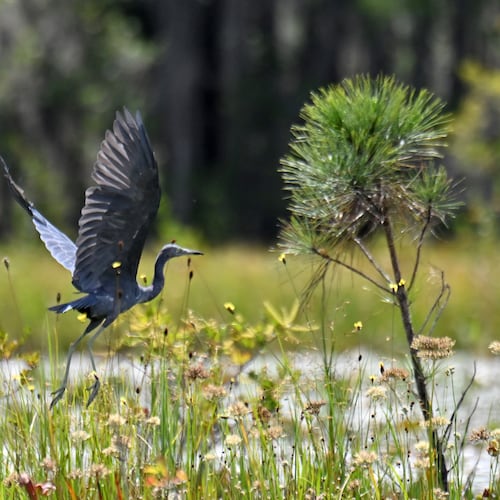Q: What can we do to help save the monarch butterflies? Should we plant milkweed plants?
—Mike Cooper, Atlanta
A: Planting milkweed "is probably one of the simplest things homeowners can do to help monarchs," which have experienced a drastic decline in population across the U.S. But not all milkweed plants are beneficial to monarchs, Vicki Culbreth, chair of the Environmental Education Alliance of Georgia's Monarchs Across Georgia committee, told Q&A on the News in an email.
“Make sure it is a native species to their area, as some non-native or tropical milkweeds can disrupt the migration, and make sure the plants have not been treated with pesticides,” she wrote. “Since monarch caterpillars eat milkweeds, pesticides would cause some obvious problems.”
The alliance has a list of nurseries and plant sales online at eealliance.org/resources—-where-to-buy-milkweed. Other helpful steps, Culbreth wrote, include building an area with damp sand or mud, which would provide water for the butterflies, and a basking area, such as a flat rock or log in the sun.
“Encouraging your neighbors” to create “butterfly-friendly gardens” in their yards will “create a pathway, so that (monarchs) have plenty of habitat, food and places to lay eggs as they travel during the fall and spring migrations,” she wrote.
The group will sell milkweeds and other plants at the Monarchs Across Georgia Spring Plant Sale on April 24-25 at Jim Miller Park in Marietta. Go online to eealliance.org/mag for more details.
The U.S. government pledged $3.2 million earlier this month to create 200,000 acres of habitats and a conservation fund for the monarch butterfly.
Andy Johnston wrote this column. Do you have a question about the news? We’ll try to get the answer. Call 404-222-2002 or email q&a@ajc.com (include name, phone and city).
About the Author
Keep Reading
The Latest
Featured

